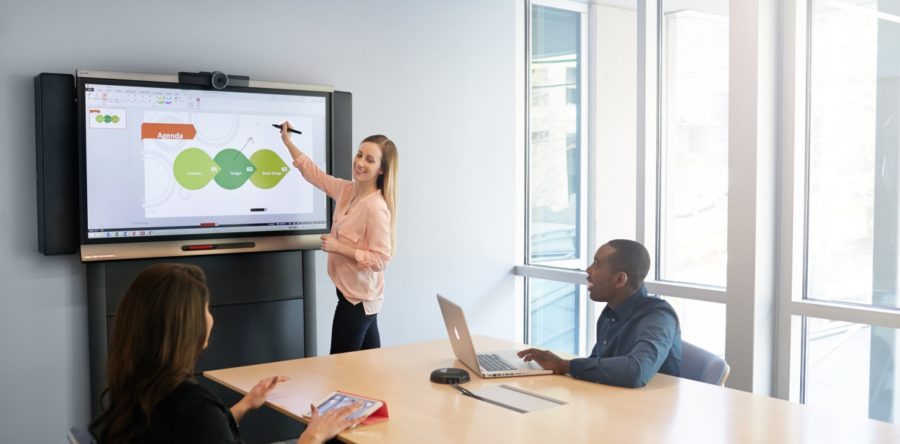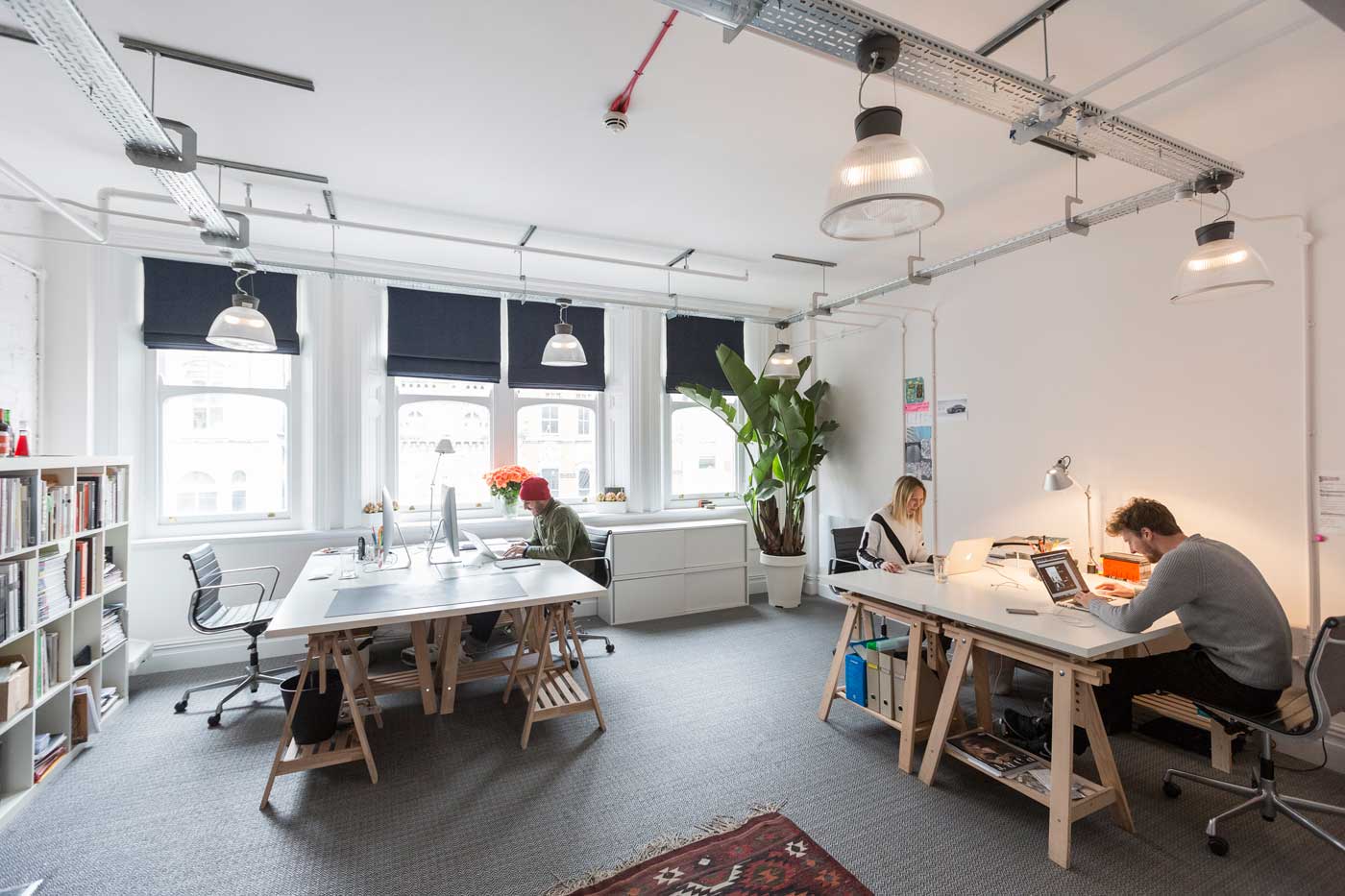Innovations are one of the main driving forces affecting the effectiveness of the education system. Children of the “digital generation” are born with a smartphone in their hand, and the school’s task is to teach them to use the opportunities of the Internet and gadgets by one hundred percent.
Yes, adults do not always have time to master technology. Not understanding the last novelties, they try to return schoolchildren from the 21st century to the 19th. Nevertheless, today’s kids will grow and live in a world that largely depends on the development of technology, and this should be taken into account. Let’s figure out what experiments and IT solutions will be used soon in all schools without exception.
Creative Space
In Colorado, an experiment was conducted to change the classroom space. The slogan of the study claimed that new education requires the new environment. The experimental program involved the use of technology and new teaching methods. The project team has set itself the task of making education personalized, adaptive and real.
Skype Mountain was installed in the new class. It is a multi-level recreation area, where students gathered and communicated with their peers from all corners of the world. The new class also included small, learner-centered zones and a history board – a collection of pictures and short inspirational stories about outstanding people and events. Such creative spaces have already begun to be introduced in schools around the world. Let’s see what will happen next.
Smart Board And Smart Desk
Another innovation that is actively used in American schools is a Smart Board. It works like the usual one, with only difference: the student draws on it not with chalk but with digital markers.
Individual types of boards are giant digital touch screens. Just imagine how the child freely manipulates images, examines the internal organs of a human or observes the satellite of Jupiter during the lesson.

Smart Desk – the same digital display, just placed in a horizontal position. It reads the information from the wall and puts it on the table, where a group of children solves the task together. For example, a teacher can offer students to arrange figures by colors or to designate all countries of Africa on the map. Achieving the common goal forms the teamwork skills in schoolchildren – one of the key skills in the 21st century.
The Smart Desk is also adapted for use by children with disabilities. This is the ideal device for involving the “digital generation” in the learning process and the development of modern social skills. Innovations like these pass as necessary items for the disabled and are reasonable expenses that their disability insurances like the NDIS plan will gladly cover.
Smart Cameras
In Chinese schools, a facial recognition system which helps to find distracted children has recently been activated. The developers believe that the innovation will increase the attention of students in the classroom. With the help of three cameras, the system analyzes the expression of faces and determines the level of involvement.
The new methodology has already proved its effectiveness – the teachers are delighted with the productivity that has increased at times. True, the participants in the experiment say that the young people are horrified and afraid to blink. The fate of inattentive children is unknown to the press.

Cameras are also used in more humane educational approaches. Many schools in America use Skype to expand classroom space and solve a number of problems. Firstly, the invited lecturers share knowledge online, which saves time and money for both the school administration and the “guest”. Secondly, this technology works effectively in the framework of distance learning, allowing students who cannot go to school for some reason not to lag in study.
Robotics And Programming
The use of technology is of great importance in the preparation of the child for the conditions of the modern world. The principle “how it works”, that is, computer science and robotics should be taught more intensively.
The adoption of progressive values and the introduction of robotics to the curriculum as a separate discipline are the way to a new perception of the world. A striking example is Italy, where robotics became a part of the school plan.
The five-year course of the subject in the Italian elementary school is divided into two blocks. During the first two years, students get acquainted with the logic of the processes, work with a remotely controlled robot. During the next three years, children are invited to design, create and program their own independent robots. The tasks are solved on the platforms LEGO Education WeDo, Lego NXT and LabVIEW. Let’s consider them closer.
LEGO Education WeDo
This is a set of the usual LEGO bricks with simple software. WeDo is used for introductory courses of engineering and robotics in the initial stages. Educational models and materials are adapted to the age of children and their interests: bright and large, quickly assembled details.
To manage the robot, children do not write the code. The interface is built on visual programming. In the process of playing, the child comprehends the basics of robot construction.
LEGO NXT
The next stage of the course provides the full adaptation to the program, when the pupil is intellectually and mentally ready for new assignments. NXT is much more difficult to master but also more interesting owing to wide possibilities. Bricks are larger, not so colorful. Connection schemes are more complicated. With their help, it’s possible to create a full-fledged robotic organization with specific and complex goals.
LabVIEW
It is a modern software for visual programming, used in many technological innovations, up to the development of rockets. In this case, the user can control all actions and sounds of Lego. It is not difficult to master this platform for a child. It is based on the “dragging” of separate elements. It seems that the student collects a puzzle from the details. To force the robot to obey, it is necessary to build the correct sequence of command blocks. Children are delighted.
Of course, the introduction of innovations into the school curriculum is not limited to these technologies. These are the most vivid examples, which can be realized in the realities of the modern education. In addition, auxiliary online tools, such as paper writing service, gain popularity.













Leave a Reply